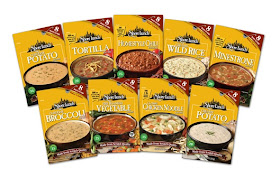The story about the tooth fairy has been passed on from generation to generation and without fail has continued to earn the awe and wonderment of every child. The tooth fairy is one of those fantasy figures of early childhood which parents introduce to their children when they begin losing their baby teeth. The folklore as it goes states that when a child’s tooth falls out, the child should place the tooth beneath the pillow so that the tooth fairy will visit to take it and replace it with a small payment.
History has it that practices or traditions emulating the folklore were observed in different parts of the world. In early Europe, for instance, it was a tradition to bury baby teeth that fell out. And when the child’s sixth tooth falls out, parents should slip a gift or money under the pillow, from the tooth fairy leaving the tooth as a reward. Some parents also leave glitter specks on the fall to make it look like fairy dust.
In Northern Europe, a tradition was born out of the concept of tooth fairy. Tann-fe or tooth fee is paid when a child loses his first tooth. This tradition is found in recorded writings in Eddas, the earliest written record of Norse and Northern European traditions.
There are two ways to view people’s belief in the tooth fairy. One is to view it as seeing the part of the trusting nature of children in general, when they are told about the tooth fairy, like they did when told about Santa Claus or Easter Bunny. On the other hand, it can be viewed as the parents being too trusting and ready to believe anything. Among the children who later on discovered the truth about the tooth fairy, only a small percentage expressed not being in favor of continuing the practice when they become parents. A great majority still likes the custom and will likely continue the tradition with their own children.
The tooth fairy tradition or practice is the parents’ way of comforting their children when they lose their teeth. Somehow, children’s pain is replaced by amazement and anticipation to see what the tooth fairy will replace the lost tooth with. It is also the parents’ way of assuring themselves that their children have not grown up yet because they still believe in fantasy figures like the tooth fairy.
In today’s modern times, parents are becoming more creative and innovative in practicing the tradition. Some parents write notes to their children when they take the lost tooth from under the pillow. And some children would respond to such notes in all their innocence and asking questions to the tooth fairy as if they were indeed real. The funny exchange of notes between the child and the tooth fairy can be amusing for the parents but the child honestly believes everything about it.
Most of the children of today’s generation are smarter than parents imagine them to be. At age 4 to 7 years, they are likely to ask if the tooth fairy, or Santa or the Easter Bunny is real. At this time, they are interacting with other children and would probably hear a different story about these figures. Psychologists recommend that parents should tell the truth when the child asks them and explain the story to them the simplest way. The child might react differently if they hear from other kids that the tooth fairy is not real.

















